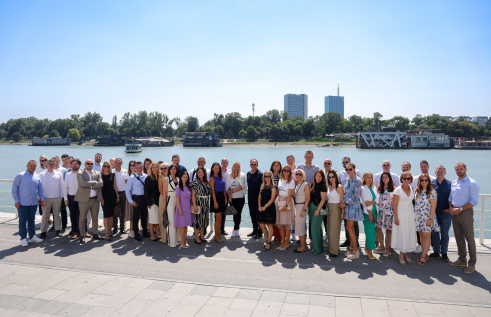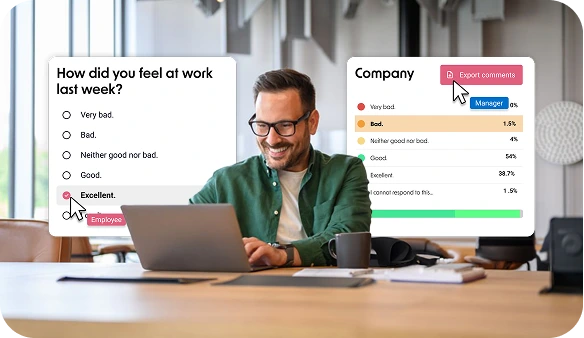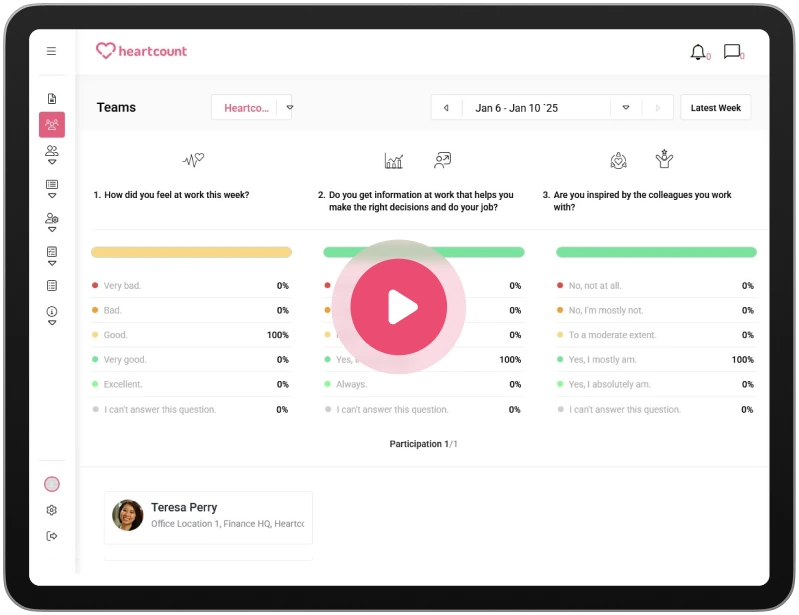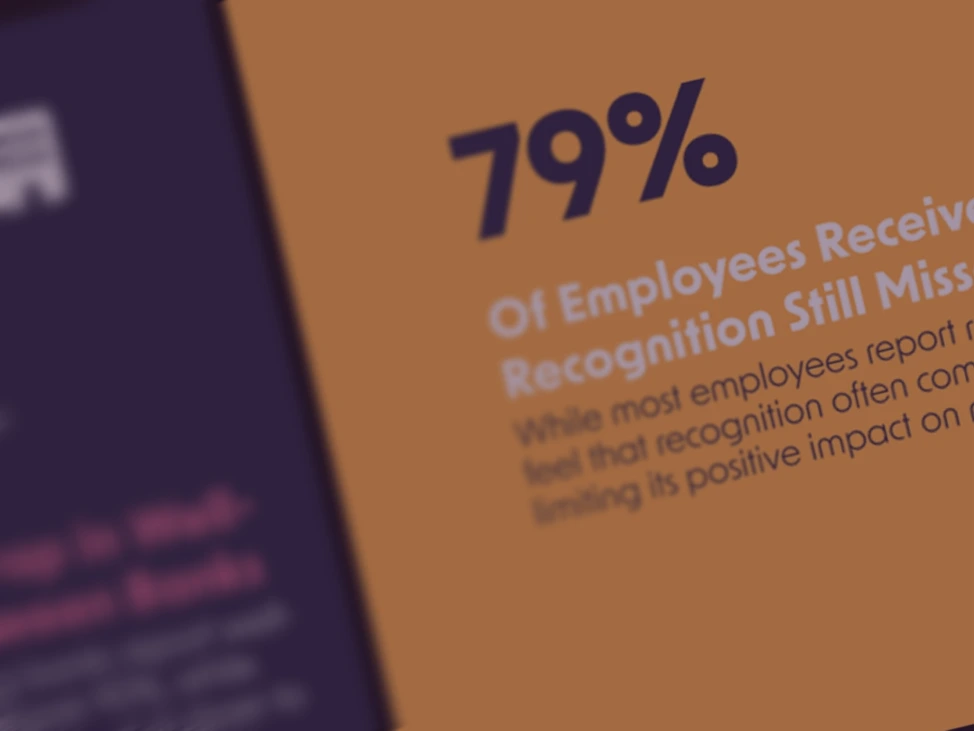5 New Rules of Productivity

Every workplace wants to increase productivity and help their employees get more work done. That just makes sense.
There’s just one problem: many people’s view of productivity still comes from the industrial revolution 150 years ago where work was much more simple and predictable. This leads to some fundamental misconceptions about work like:
- If you work more hours, you get more work done
- Adding more people to a project means you can finish sooner
- Productivity is more or less constant and can be reliably predicted and scheduled.
This turns out to be wrong in modern workplaces, especially for anyone who works with information rather than just physically producing stuff. In fact, these beliefs are not only wrong, they’re actively harmful.
So here is my suggestion for 5 new rules of productivity for modern workplaces and some specific tips on how to apply them.
Every workplace wants to increase productivity and help their employees get more work done. That just makes sense.
There’s just one problem: many people’s view of productivity still comes from the industrial revolution 150 years ago where work was much more simple and predictable. This leads to some fundamental misconceptions about work like:
- If you work more hours, you get more work done
- Adding more people to a project means you can finish sooner
- Productivity is more or less constant and can be reliably predicted and scheduled.
This turns out to be wrong in modern workplaces, especially for anyone who works with information rather than just physically producing stuff. In fact, these beliefs are not only wrong, they’re actively harmful.
So here is my suggestion for 5 new rules of productivity for modern workplaces and some specific tips on how to apply them.
1. Productivity varies wildly from day to day. This is normal.
100 years ago, production and output could be planned in advance barring accidents or equipment failure. Basically you knew that if the factory operated for a certain number of hours tomorrow you’d produce a certain number of widgets.
In a modern workplace, you can’t possibly know in advance what the productivity will be tomorrow. Tomorrow could be a day when one of your employees reaches a brilliant insight that saves the team weeks of work and the whole team works energetically and productively for 8 hours.
But tomorrow could also be the day when half the team spends 8 hours staring dejectedly into their monitors or someone makes a mistake that will take days to find and fix.
This variation is frustrating but it’s perfectly normal. It also means that you should never judge your employees’ productivity by their output on any given day but rather by their average productivity over many days.
I saw this firsthand when I was writing my first book. Some days I’d sit myself down in front of my laptop, unable to string two words together. And some mornings I banged out most of the chapter in a few hours.
Writing is a creative process. I can do it when I’m in the mood. Trying to write when I’m not, is a waste of time. On the days when I couldn’t write, I’d just go do something else. Probably wakeboarding.
The result: I wrote the whole book in a couple of months, it turned out really well AND I enjoyed the writing process immensely.
Three things your workplace can do about this:
- Don’t make plans based only on a team’s maximum productivity days. Not every day will be like that. Base your plans on a team’s average productivity.
- Don’t beat people up on their low-productivity days. It’s normal, it’s part of the flow and these days have value too. I like to think that, during these days, my subconsciousness is working on solving some really complex problem and that the solution will suddenly appear fully formed in my mind.
- If people do have a day when they get very little done, why not let them go home early and relax or get some private chores done?
2. Working more hours means getting less done
The point is simple: Permanent overwork lowers output. People get LESS work done in 60 hours a week than they do in 40.
Here’s a real life example from Arlie Hochschild’s excellent book The Time Bind.
ESI, a computer company in Portland Oregon, was facing tough times and here’s what happened according to one of their executives:
“When demand for a product is down, normally a company fires some people and makes the rest work twice as hard. Instead, we went down to a thirty-two-hour-a-week schedule for everyone during the down time. We took everybody’s hours and salary down – executives too.”
Then he discovered two surprises.
“First, productivity did not decline. I swear to God we get as much out of them at thirty-two hours as we did at forty. So it’s not a bad business decision. But second, when economic conditions improved, we offered them one hundred percent again. No one wanted to go back!
Never in our wildest dreams would our managers have designed a four-day week. But it’s endured at the insistence of our employees.”
This may be counter-intuitive but it’s important to grasp: In a modern workplace, there is no simple linear relationship between hours worked and output and permanent overwork means lower output. Studies show that it also makes employees stressed and sick.
Three things you can do about this:
- Never make employees work permanent overtime. In fact, some studies indicate that knowledge workers are the most productive when they work 35 hours a week.
- Give employees flexibility to plan their working hours in the way that works best for them.
- Consider introducing a 30-hour work week. This has worked in many companies, for instance at Toyota Center Gothenburg in Sweden.
COLLECT
3. Working harder means getting less done
A lot of people mistakenly think that employees get more done if they work harder. Some managers talk about creating a sense of urgency or a burning platform, so that employees feel pressure to work harder. They think that an increase in effort means an increase in productivity.
But in modern workplaces that just does not work because you can’t force creativity, effective teamwork, good writing, clear thinking or fast learning. In fact, more pressure tends to create the opposite effect and employees achieve less.
Three things you can do about this:
Take the pressure off yourself and your teams. Even if someone makes a mistake or misses a deadline the world probably isn’t going to end. Less pressure means higher productivity.
Schedule a workload equivalent to only 80% of the team’s work week. Trust me, they won’t be wasting the remaining 20%, but they will be more relaxed and more productive.
Shift work around so that employees spend most of their time doing tasks they enjoy.
4. Make sure to have downtime
In an industrial-age factory, any time away from the production line was unproductive time and therefore all downtime was bad.
That does not work anymore. Countless studies show that people need downtime, breaks and vacations in order to be productive.
Three things you can do about this:
- Show employees that it’s always OK to take breaks. Do not beat them up for relaxing. Everybody does it once in a while. It doesn’t make them a lazy bastard or a bad person.
- Make sure that employees actually take their days off and use their vacation time. In many countries, employees don’t use the vacation time they’re entitled to.
- Stop the always-on culture, where managers send emails in the evenings and at weekends and expect employees to respond right away.
Here’s a great example. When Joe Biden was still vice-president, he sent a memo to his staff with a fantastic message.
“I would like to take a moment and make something clear to everyone. I do not want any of you to sacrifice important family obligations for work… This is very important to me… If I find out you are working with me while missing important family responsibilities, it will disappoint me greatly.”
5. Happiness is the ultimate productivity booster
The single most efficient way to increase your employees’ productivity is to help them be happy at work. No system, tool or process in the world can beat the productivity boost a person gets from really, really enjoying their work.
I’m not knocking all the traditional productivity techniques out there. Some of them are fine. It’s just that when you apply them to a person who is unhappy at work, you’re trying to fix something at a surface level when the problem goes much deeper.
My favorite book on this topic is “The Progress Principle” By Teresa Amabile where she talks about the relationship between happiness and productivity.
“People are more creative and productive when… they feel happy, are intrinsically motivated by the work itself, and have positive perceptions of their colleagues and the organization… In those positive states, people are more committed to the work and more collegial toward those around them. Inner work life, we saw, can fluctuate from one day to the next—sometimes wildly—and performance along with it.” – Source
The conclusion is clear: Happy employees are productive. Miserable employees are not.
3 things you can do about this:
- Stop using perks and pay to motivate people. Employees are definitely unhappy when they’re paid unfairly but no one is happy because their salary is high or there’s a ping pong table in the office.
- Instead focus on results and relationships. Make sure that employees feel they do great work together with great people.
- Measure employee happiness (and unhappiness) so you know exactly what’s working and what you can do better.
UNDERSTAND
The upshot
The traditional view of productivity is wrong and harmful but it remains the dominant view and still impacts much of our thinking and many of our choices at work.
That is why we need to shift our thinking and put our employees first. Only then can they be productive in a sustainable way.









